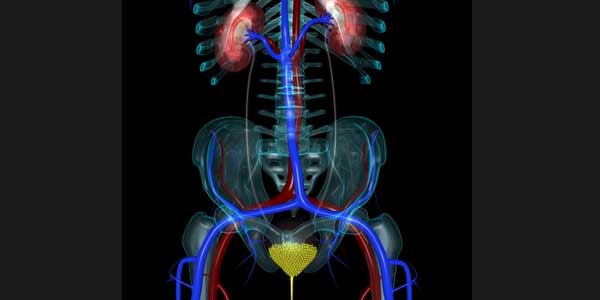Treatments for Urinary Incontinence

What can I do to manage my urinary incontinence while I try to get it under control?
When pharmacological and/or behavioral methods fail to manage urinary incontinence, various products are beneficial to contain urine, protect skin, and reduce odor. The following are the most common products used in hospitals, long-term care facilities, and home.
Catheters: Indwelling (Foley), Straight (Intermittent), and External (condom) catheters have a place in the management of urinary incontinence. A flexible tube (indwelling catheter) can be put into the urethra (the canal that carries the urine from the bladder) to collect urine in a container. Long term catheterization although sometimes necessary creates many problems, including urinary infections. Men have the choice of an external collecting device (condom catheter). This is fitted over the penis and connected to a drainage bag.
Adult Diapers and Briefs: These absorbent products are designed to hold large volumes of urine and are for individuals who are incontinent of urine and stool. Adult Briefs are designed and used similarly to diapers placed on infants. Briefs made of absorbent material similar to underwear may be preferred due to psycho-social reasons.
2-Piece Pants and Liners: This product includes a pair of reusable cotton pants or disposable mesh type pants into which an absorbent liner is placed and secured. When soiled, the liner is discarded and the pant is laundered. The 2-piece pant and liner can be used for both urinary and fecal incontinence and may be preferred by the ambulatory patient.
Chux Pad Underpads: This product is an absorbable pad which is placed on the bed beneath the patient’s mid-section. The underpad protects the linens and is commonly used for the incontinent bed bound patient and to protect the bedding. Underpads are available in disposable or reusable types.
Skin Cleanser: These are non-soap products which contain a surfactant to loosen or emulsify urine/feces without irritation to the skin. Most available cleansers DO NOT need to be rinsed which is a desirable feature for the caregiver.
Washcloths and Wipes: These are reusable or disposable cloths used to cleanse the patient’s skin after an incontinent episode. Cloths which minimize the amount of friction injury to the skin during cleansing are most desirable.
Moisture Barrier Ointments: These topical skin products contain petrolatum or a similar substance which forms a protective, moisture resistant barrier on the skin. Application of a moisture barrier ointment after cleansing is recommended as a preventative skin care measure for the patient with incontinence.
Call us with any questions about the products we offer and if we do not have it and you want it, we will get it for you.
